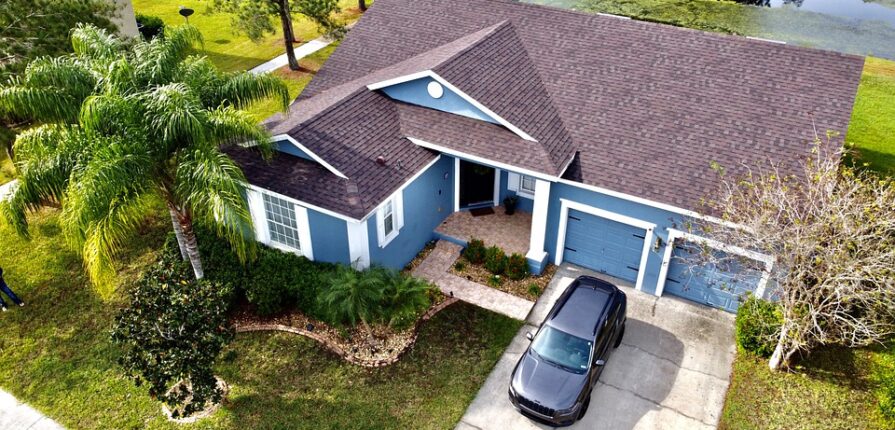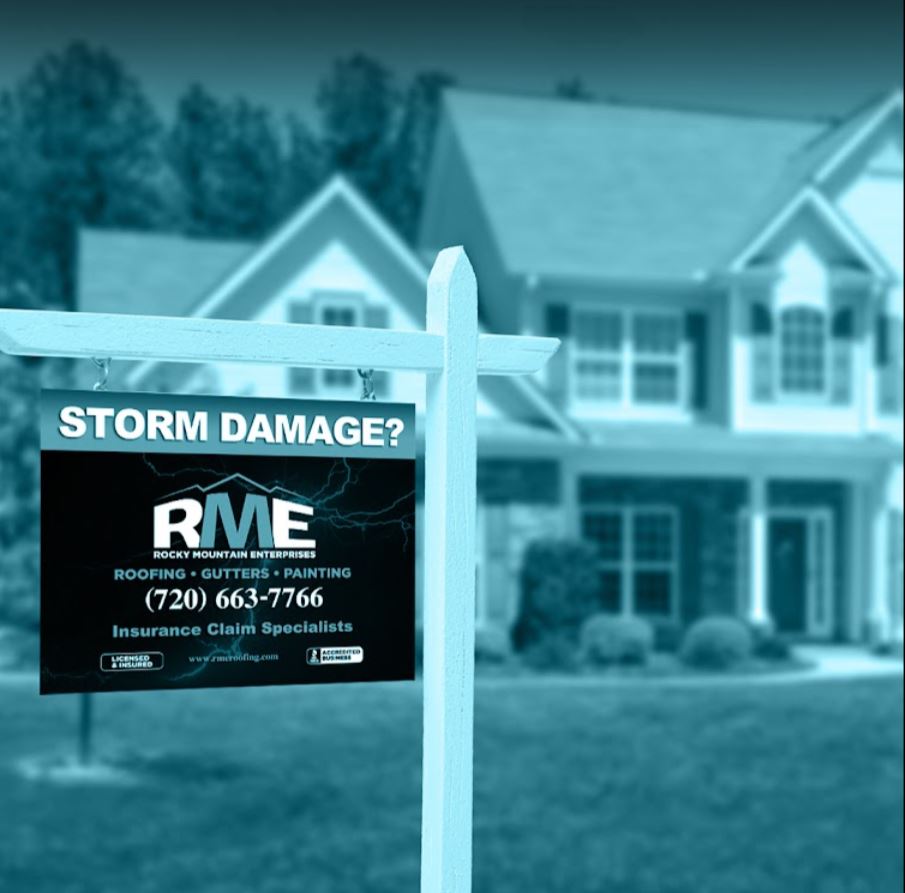The design of your residential roof impacts its look and function, as well as the overall aesthetic of your home’s exterior. That said, most people aren’t well-versed in all of the roof designs available. By learning more about the residential roof designs that could work well for your Colorado home, you can select the perfect choice for your property.
Residential Roof Designs
Hip Roof
Hip roofs are among the most popular designs for homes today. With four sloped sides that connect at the top to form a ridge, hip roofs are an excellent choice for regions that experience a lot of snow and ice. Since precipitation can easily drain from a hip roof, the risk of ponding and ice dam formation is significantly lower than it is with other roof designs.
Each side of a hip roof has an eave that hangs over the roof edge. This provides more shade than the average Colorado roof, helping to keep your home cool and making it possible to have a large, shady porch. Plus, since each side of this roof design has an inward pitch, which is considered to provide better stability than basic gabled roofing systems.
Gable Roof
The gable roof design is the simplest, most commonly-used design in residential roofing. It has two sides that are sloped and meet at the top, creating a ridge. The sides of the roof that don’t have a slope are constructed as two flat walls that run from the base of the home to the peak of the roof ridge. These flat walls are technically called gables, which explains the name of this roof design.
The simplistic design of a gable roof makes it more affordable and faster to construct than most other root types. Plus, with only two sloped sides, gable roofs allow for a more expansive attic than is afforded by a hip roof. Unfortunately, gable roofs are significantly more vulnerable to high wind damage than hip roofs. Given that many areas of Colorado experience high winds throughout the year, this should be a consideration for homeowners considering a gable roof replacement.
Bonnet Roof
The bonnet roof is a variation of the hip roof. It features four sloped sides that form a ridge at the top, generally with a sharper slope at the top than at the base. What makes bonnet roofs stand apart from other types of roofs is the fact that the roof edge extends past the walls of the home. This provides additional covered outdoor space than is provided by the average porch. With this covered outdoor area, homeowners can enjoy larger porches and patios. The overhang provided by bonnet roofs also gives the design greater wind-resistance.
Clerestory Roof
Clerestory roofs have two sloped sides with a vertical wall positioned in between the two. This vertical wall may contain a long rectangular window or a row of several small windows. This wall with windows is called a clerestory, giving the roof design its name. A clerestory is defined as a high wall, typically far above eye level, that has a row of windows. Clerestories, and clerestory roofs, to specific, were commonly used in Ancient Egyptian architecture for buildings such as temples, palaces, churches, and bathhouses. The windows afford greater natural light and air circulation to the interior of a building without making the interior visible to passerby. These benefits remain in modern applications of the clerestory roof, making the design an option for homeowners looking to go beyond the basic gable or hip roof.
Butterfly Roof
Butterfly roofs may not be the most common residential roof design, but they certainly have a place in modern architecture. This roof design turns the gable roof on its head, with two sides that slope downward from the roof edge. This creates a valley around the center of the roof. This design may also be referred to as an inverted pitch roof, and in addition to its striking aesthetic, it creates a single channel through which precipitation can drain.
If you’re interested in updating the design of your Colorado roof, contact RME today.


